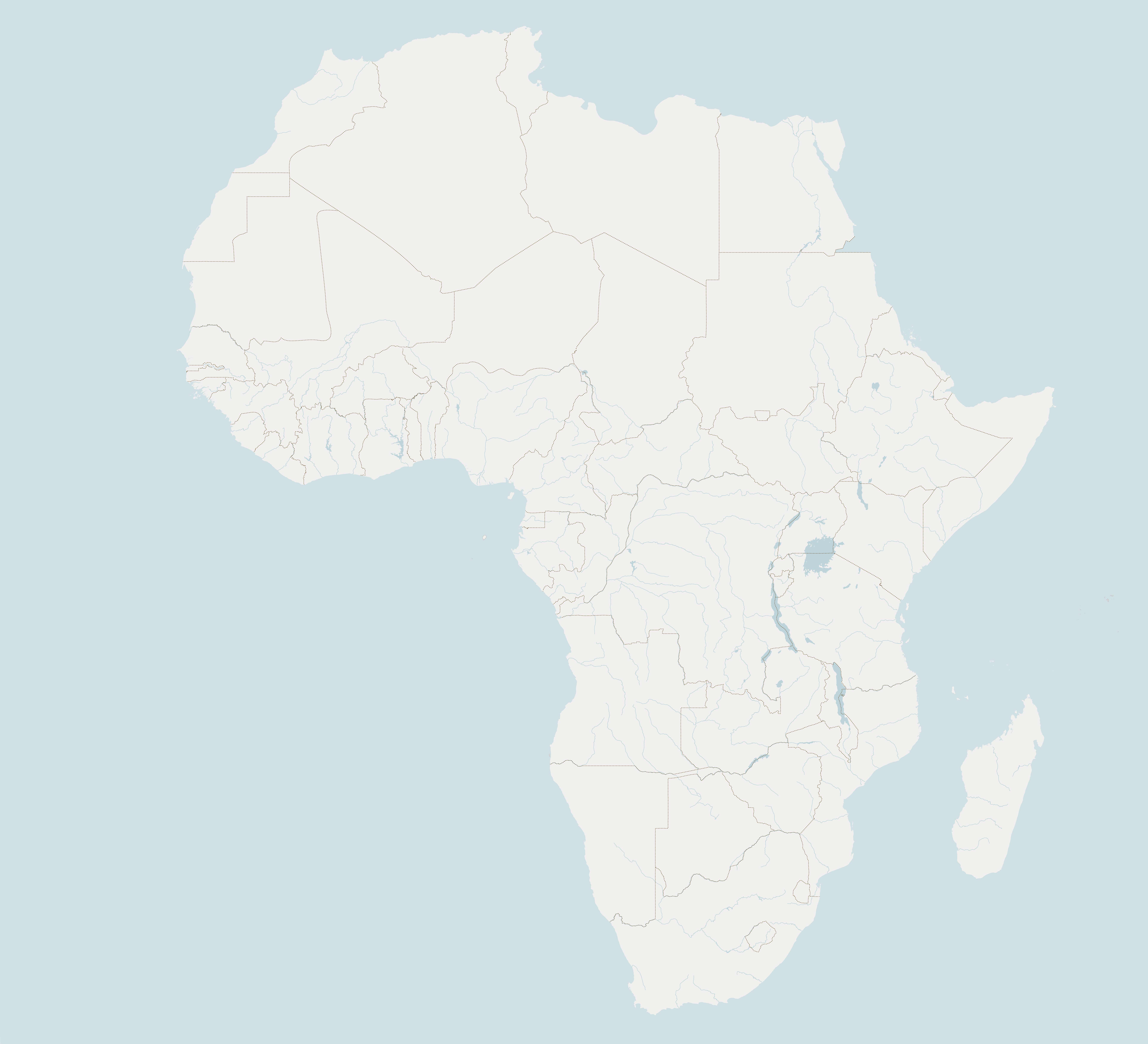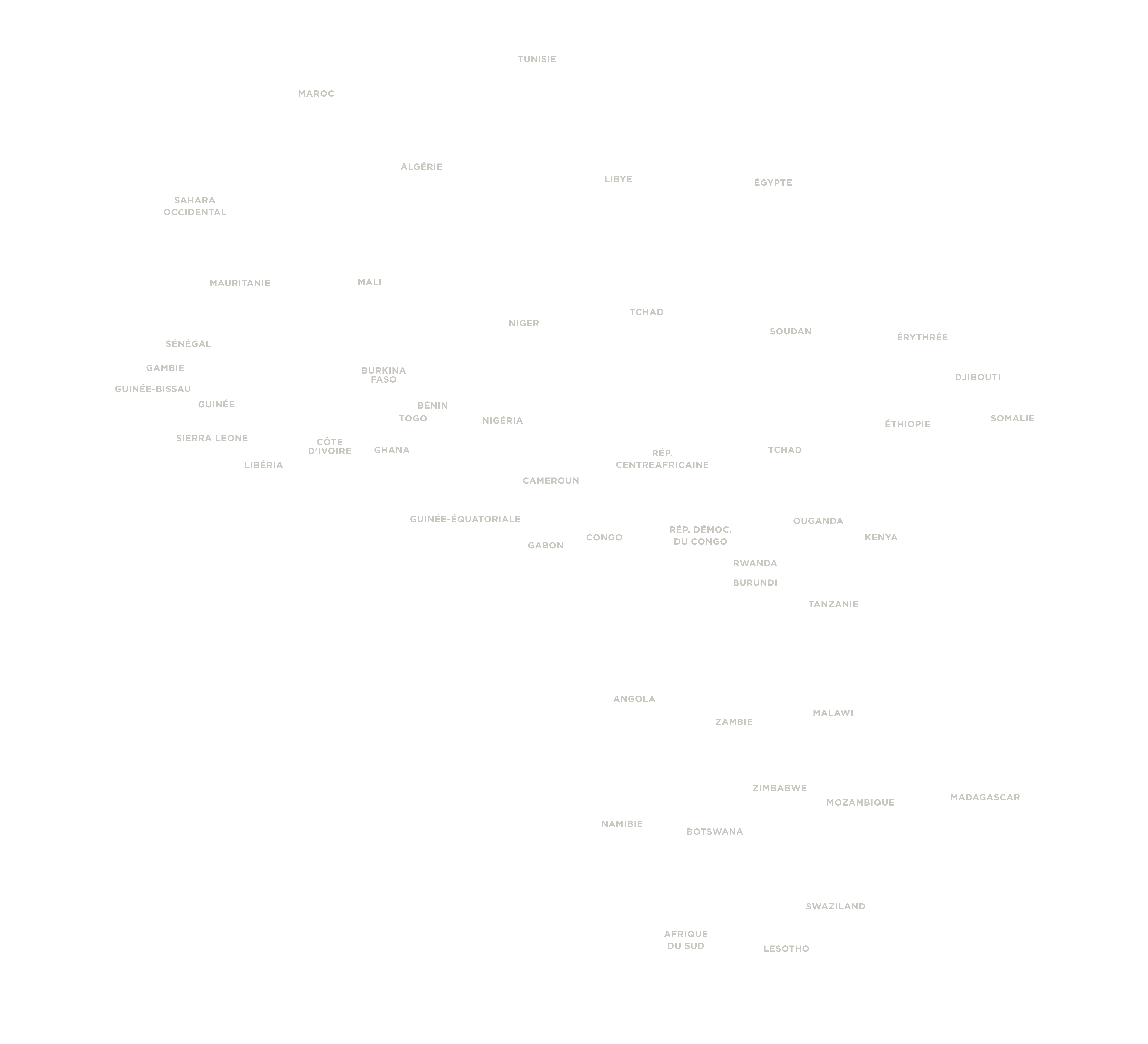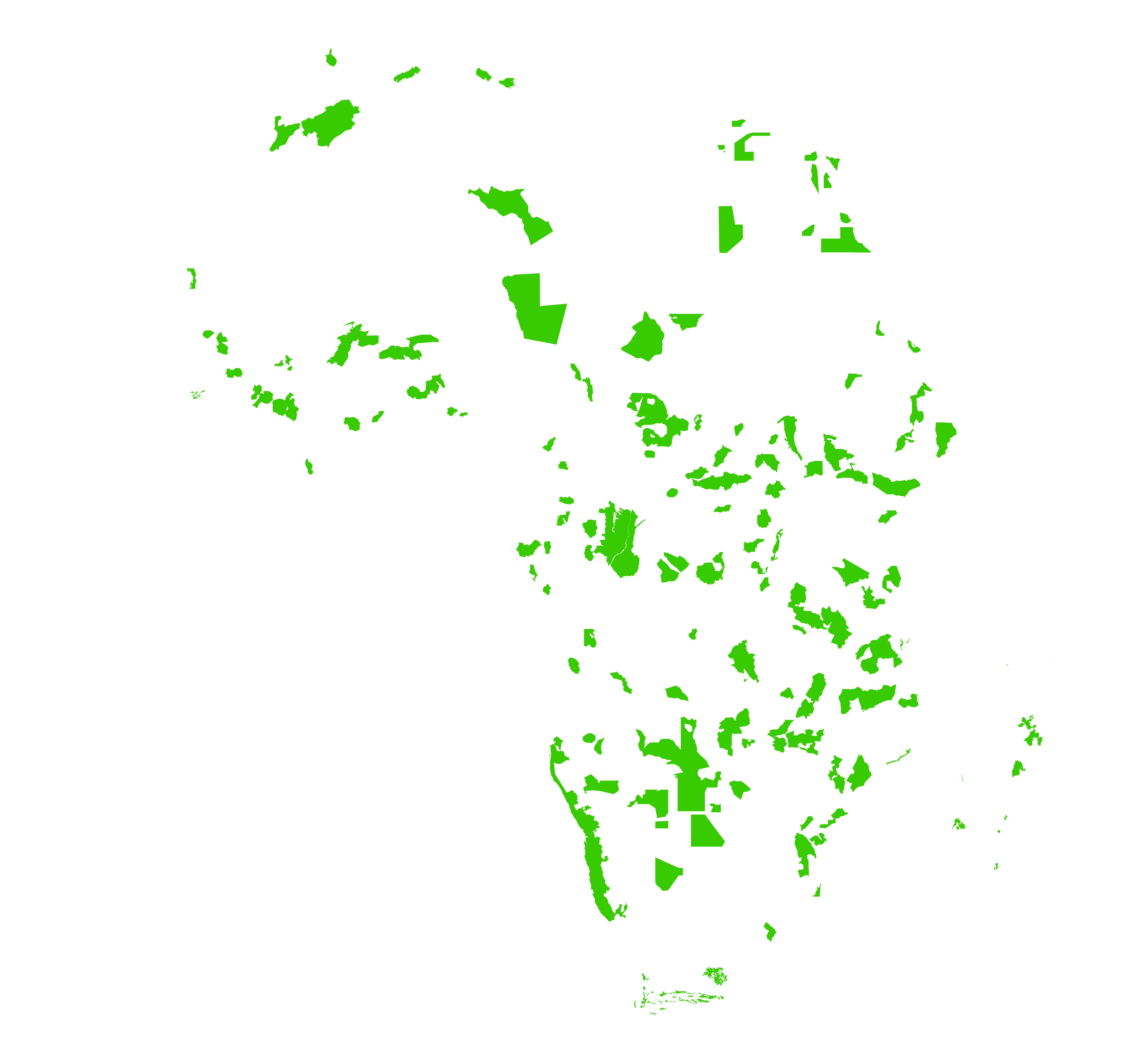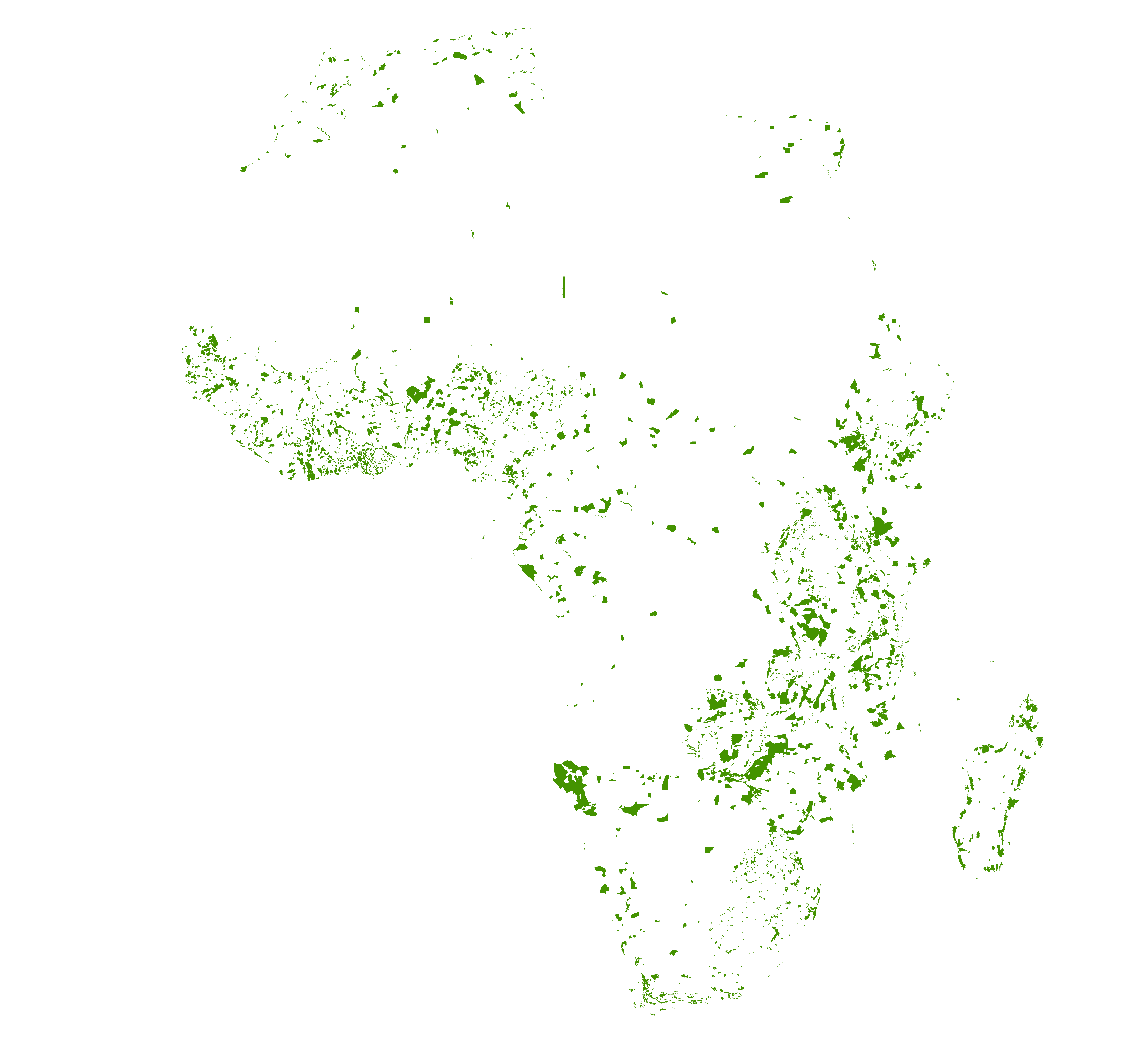Ce site utilise des cookies afin que nous puissions vous fournir la meilleure expérience utilisateur possible. Les informations sur les cookies sont stockées dans votre navigateur et remplissent des fonctions telles que vous reconnaître lorsque vous revenez sur notre site Web et aider notre équipe à comprendre les sections du site que vous trouvez les plus intéressantes et utiles.




Actualités
Les articles sont publiés sous la responsabilité exclusive de leurs auteurs. La Coalition Internationale des Corridors de Biodiversité en Afrique se contente de fournir un lien vers le site d’origine.
Autres aires protégées
« Autres aires protégées » renvoit à la définition du terme « Autre mesure de conservation efficace par zone » (AMCE) adoptée en 2018 par les gouvernements du monde entier, dans une décision de la Conférence des parties à la Convention sur la Diversité Biologique (CDB).
Il signifie « une zone géographiquement délimitée, autre qu’une aire protégée, qui est réglementée et gérée de façon à obtenir des résultats positifs et durables à long terme pour la conservation in situ de la diversité biologique, y compris des fonctions et services écosystémiques connexes et, le cas échéant, des valeurs culturelles, spirituelles, socioéconomiques et d’autres valeurs pertinentes localement ».
Actions de corridors
Espaces géographiques clairement définis, visant à rétablir ou conserver la connectivité écologique, grâce à l’action des individus, des communautés, des institutions et des entreprises, pour maintenir, améliorer et restaurer les flux écologiques, le mouvement des espèces, et des processus dynamiques dans des environnements intacts et fragmentés.
Axes de migration
Les “grands axes de migrations” désignent des axes migratoires entre plusieurs espaces naturels à l’échelle du continent africain. Ils fournissent une vision globale des grands flux, ils illustrent les complexes d’espaces naturels et les routes de migrations des espèces qui les composent.
Tarangire Complex - Swaga Swaga
Le Lorem Ipsum est simplement du faux texte employé dans la composition et la mise en page avant impression. Le Lorem Ipsum est le faux texte standard de l’imprimerie depuis les années 1500, quand un imprimeur anonyme assembla ensemble des morceaux de texte pour réaliser un livre spécimen de polices de texte. Il n’a pas […]
Tarangire Complex - Mkomazi Tsavo
There is a historical transboundary conservation area between northeastern Tanzania and southeastern Kenya. The corridor is located in this area, between Mkomazi National Park in Tanzania (3,500 km2) and Tsavo National Park in Kenya (13,747 km2). Alongside corridors, there are many dispersal areas, and community zones. It is home to more than 78 species of […]
Nyerere Selous – Udzungwa
In the Morogoro Region, along the corridor that links Udzungwa Mountains National Park, Magombera Forest Nature Reserve and Nyerere National Park, the passage of elephants is historical. But this corridor is also a source of livelihood for plenty of the communities that live in the surrounding villages. Indeed, most of the local population relies on […]
Nyerere Selous-Niassa
The transboundary conservation zone of Selous-Niassa is located between Mozambique and Tanzania.In Mozambique, Niassa National Reserve (further north) is one of Africa’s last preserved wilderness areas. Its diverse ecosystems support elephants, lions, leopards, sable antelopes, zebras, hippos, and other crocodiles. Running alongside the Ruvuma River, the Selous-Niassa corridor has significant faunal and floral biodiversity. It […]
Kilombero - Udzungwa
Although the definition of corridors in Tanzania usually is taken to mean movement between two areas of » habitat richness » through a « disturbed » landscape, some of the wildlife movements through the Kilombero-Udzungwa and Ruipa(-East) area used to be seasonal dispersals in response to water and food. However, since then, these dispersal areas eventually became part […]
Kilimanjaro - Longido
The population in the Kilimanjaro – Longido Corridor consists of pastoral and agro-pastoral Maasai and small scale farmers who are of Wachagga, Wameru, Waarusha, Wasafa, and other ethnicities. There are also Chagga, Pare, Meru and Waarusha people. In the 1950s, British settlers established plantations in the area. Between Kilimanjaro National Park and Engare Nairobi and […]
Kilimanjaro - Arusha
Ngurdoto Crater National Park was established in 1960, and it became a predecessor to the present Arusha National Park. After several expansions, Arusha National Park encompasses 552 km2 from 2006. The Kilimanjaro National Park was inaugurated in 1973, with an area of 753 km2, and it was expanded to 1831 km2 in 2005 by the […]
Gombe Stream - Mukungu Rukamabas
Due to its high diversity of natural resources, the corridor is home to a diverse range of wildlife species: baboons, red colobus monkeys, bushbuck, duikers, leopards, civets, genets, mongooses and many other mammals. Dramatically, these landscapes remain the most critical sites for chimpanzee (“Pan troglodytes schweinfurthii”) since these are located in a critical junction for […]
Amboseli - Mkomazi Tsavo (Kenya)
Along the critical wildlife corridor between Amboseli and Tsavo West National Park, the Kimana Community Wildlife Sanctuary is owned and managed by the Kimana-Tikondo Group Ranch members (Kenya). The sanctuary encompasses a swamp fed by two permanent streams, and numerous springs in the upper portion of the swamp, derived from the subterranean waters from Mount […]
Amani - Nilo
Settled between the Nilo Nature Forest Reserve and the Amani Nature Reserve in Muheza Tanga, the Amani – Nilo forests corridor, close to the East Usambara Mountains, is home to the largest contiguous forest blocks under protection in Tanzania (the Amani Nature Reserve and Nilo Nature Forest Reserve are the two most important and protected […]
Axe Namibie
Située en Afrique australe, la Namibie est entourée par l’Angola (au Nord), le Botswana (à l’Est) et l’Afrique du Sud (au Sud). Nation émergente, elle est l’une des premières à inscrire la protection de l'environnement dans sa constitution. En effet, on remarque que 44% de la surface totale du pays est constituée d’aires protégées ou d’aires gérées de manière durable et, depuis 1998, plus...
Afrique de l'Est
Description écologique paysagère de l’axe *...
